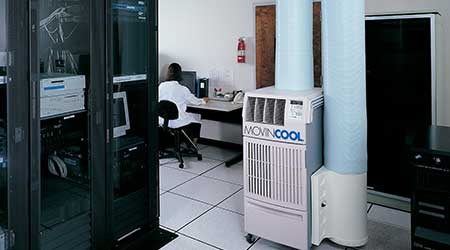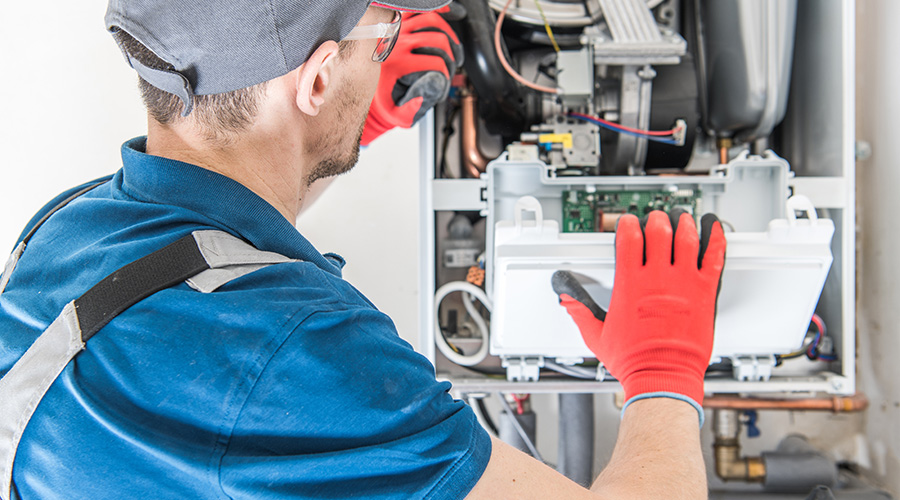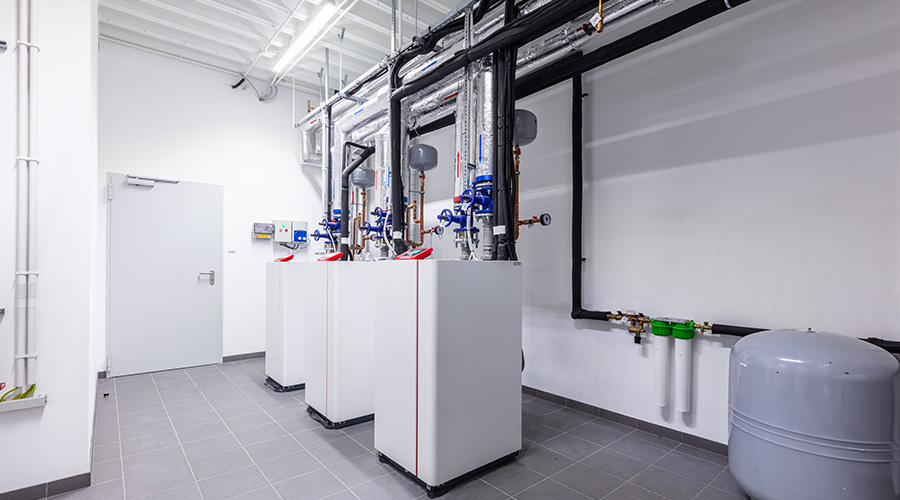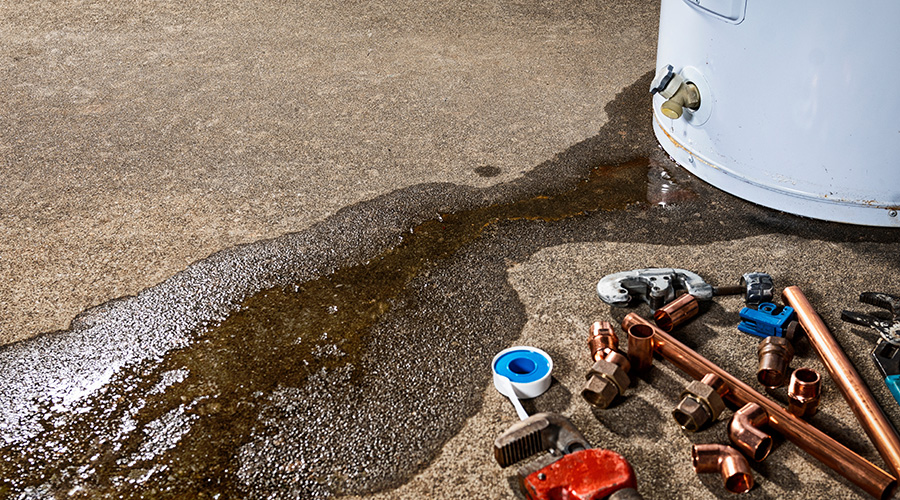 New-generation portable cooling units offer lower noise levels, given the range of applications of the equipment throughout facilities.
New-generation portable cooling units offer lower noise levels, given the range of applications of the equipment throughout facilities.Overcoming Portable Cooling Obstacles
Keeping the human element in mind when specifying portable cooling can help managers over come obstacles and keep occupants satisfied.
With all of these factors to consider in specifying the most effective portable cooling unit to effectively cool a space, some things are bound to get overlooked. Brainard reminds to managers to keep the human element in mind when making specification decisions.
“Who’s going to install it?” he asks. “You must know the power requirements. You need people to help get the units in place, possibly the supplier. Typically, it’s good to have somebody on staff because eventually, they’re going to have to be familiar with operating the equipment. That’s one thing that can get overlooked while everybody is trying to figure out the right equipment.
“You need people to help install it and operate it. You also need an electrician to look at all the power requirements. You might have to tie into an existing panel if it’s the larger three-phase power.”
Bombino suggests that managers take a realistic view of the performance capabilities of portable cooling units.
“Let’s say you’re going to use 1-ton units,” he says. “The misconception among managers bringing in three of these units is that it’s going to be the exact same (cooling) as their permanent system, and that’s not the case. If it’s a 1,500-square-foot store, it might actually have a 5-ton air conditioning unit. If we bring in three 1-ton units because that’s what they’re willing to pay for and that’s what the available power will allow to be installed, it’s not going to put out the same amount of cooling that their rooftop unit did.”
“We get calls from customers saying, ‘It’s still hot in here.’ Well, the unit is operating properly. Their notion is that they’re expecting it to work like their rooftop unit. But the units have certain parameters that they operate within.”
Realistic expectations also extend to the facility’s power supply.
“Most circuits in a commercial space are from 15-20 amps, so if you go with a 1-ton unit, it’ll operate at about 12 amps,” Bombino says. “When you start it up, it uses a little more power, and it might kick up to 13-14 amps. So we’ll get service calls on that from a retail location or a restaurant. They plug in a vacuum cleaner, or at a clothing store they plug in a steamer. As soon as you plug that in on the same circuit with the air conditioner, it most likely will blow the fuse, and it trips the breaker, and you don’t have power on that circuit.”
Bombino’s last caveat for managers is to realize that other activities will affect the ability of the portable cooling unit to perform as intended.
“They want these units to run for 24 hours so when the doors are shut to the location, it’s still cooling the space so that when you get there in the morning, it’s nice and cool,” he says. “But one thing that affects the ability to cool the space is, let’s say, if you have a store with a high volume of people opening and closing the door. Every time someone opens the door, they’re letting the cool air out and letting warm air in. That’s going to hamper the unit’s ability to cool the space.”
Related Topics:














